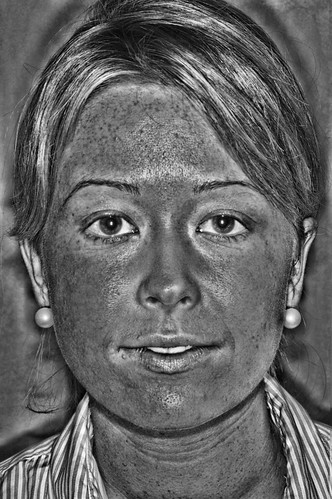
In today’s society, having tanned skin is a necessity that has been widely popularized by the media. Rarely are fair-skinned actors and actresses seen gracing the covers of fashion magazines or the stars of hit television shows. Is it any wonder that tanning has become an epidemic in this country with negative influences being constantly viewed by the nation’s teenagers?
Nearly 2 million Americans tan indoors each day, with the number of individual users in the United States having doubled to nearly 30 million in the past decade. With staggering rates that promise only to increase, many possible solutions have been proposed to alter the negative behavior but only few have sparked real interest and possibility for change.
Lawmakers are considering a bill that would impose a 10 percent tax on admission fees charged by tanning salons to fund melanoma research. Under House Bill 419, sponsored by Rep. Mel Brown, R-Coalville, revenue from the tax would go to the Utah Department of Health, which would award research grants for the study of melanoma.
The tax would bring in an estimated $620,000 per year and would be levied starting July 1, 2009. The bill has yet to be voted on by a legislative committee but is already causing controversy among Utah citizens, especially frequent tanners and owners of tanning salons.
Several individuals in the tanning salon business say the bill singles out only one possible contributing factor to melanoma. In order to compensate for the extra expenses the tax will create, tanning salons say they would likely pass the Tanning salons also say that they would likely pass the costs on to their customers. This change of price may cause those who are frequent tanning bed users to rethink their habits.
Although this potential tax may pose problems for both owners of tanning salons and costumers, it may also be one of the only proposed programs that could prove positive results. Individuals are extremely persuaded by financial benefits and restrictions when it comes to all aspects of life, particularly extracurricular activities. Most people recognize the need to budget limited amounts of money on necessary items (i.e. food, housing, transportation, etc.) before secondary activities. Tanning falls into the category of a secondary extracurricular activity. It is not necessary for survival to maintain a golden tan.
Though furthering legislation on activities and companies that pose threat to health and livelihood may be the best chance there is to combat the harmful use of tanning beds, it is still critical that health professionals continue to develop programs that reach the consumers on a more personal and individual level as well.
It is important that health professionals instill a desire to alter negative behaviors that support bills currently being discussed by state and national legislation. Providing an individual with a desire to change will create an easier path for policies to come about and provide effectiveness when catering to specific demographics.
Until society can develop healthy skincare habits, it will be nearly impossible for the rates of skin cancer via tanning bed use to decrease. In the meantime, it is important that continual education to local and federal representatives of the harmful effects of tanning be maintained. Utah’s state legislation is ahead of the game when it comes to the prevention of skin cancer development through artificial means.


No comments:
Post a Comment